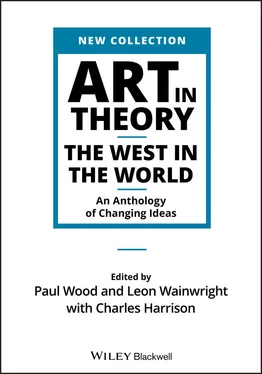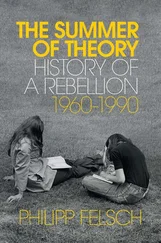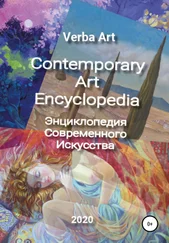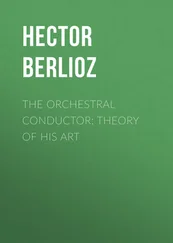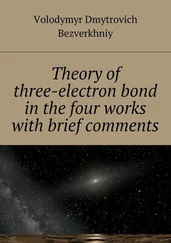Chinese architecture is in every way inferior to that of Europe with respect to the style and the durability of their buildings. In fact, it is dubious just which of these two qualities is the weaker. When they set about building, they seem to gauge things by the span of human life, building for themselves rather than for posterity. Whereas, Europeans in accordance with the urge of their civilization seem to strive for the eternal. This trait of theirs makes it impossible for them to appreciate the magnificence of our architecture as it appears in public and in private buildings, or even to give credence to what we tell them about it. They seem to be utterly at a loss for expression when we tell them that many of our buildings have withstood the elements for the space of a hundred years and some even for one or two thousand years. When they question this and we tell them that the reason for this durability is the depth and massiveness of the foundations which are able to carry the superstructure unshaken for such an extent of time, they merely stare at us in blank amazement. This, however, is not to be wondered at, because they themselves do not dig into the ground to build up foundations but merely place large stones on an unbroken surface of the ground; or, if they do dig foundations, these do not go deeper than a yard or two even though the walls or towers are to be built up to a great height. The result is that their buildings and fortifications cannot even weather the storms of a century without the need of frequent repairs. We have stated already, as one will recall, that most of their buildings are constructed of wood, or if made in masonry they are covered in by roofs supported on wooden columns. The advantage of this latter method of construction is that the walls can be renovated at any time, while the rest of the building remains intact, since the roof is supported by the columns and is not carried by the walls.
The art of printing was practiced in China at a date somewhat earlier than that assigned to the beginning of printing in Europe, which was about 1405. It is quite certain that the Chinese knew the art of printing at least five centuries ago, and some of them assert that printing was known to their people before the beginning of the Christian era, about 50 BC. Their method of printing differs widely from that employed in Europe, and our method would be quite impracticable for them because of the exceedingly large number of Chinese characters and symbols. At present they cut their characters in a reverse position and in a simplified form, on a comparatively small tablet made for the most part from the wood of the pear tree or the apple tree, although at times the wood of the jujube tree is also used for this purpose.
Their method of making printed books is quite ingenious. The text is written in ink, with a brush made of very fine hair, on a sheet of paper which is inverted and pasted on a wooden tablet. When the paper has become thoroughly dry, its surface is scraped off quickly and with great skill, until nothing but a fine tissue bearing the characters remains on the wooden tablet. Then, with a steel graver, the workman cuts away the surface following the outlines of the characters until these alone stand out in low relief. From such a block a skilled printer can make copies with incredible speed, turning out as many as fifteen hundred copies in a single day. Chinese printers are so skilled in engraving these blocks, that no more time is consumed in making one of them than would be required by one of our printers in setting up a form of type and making the necessary corrections. This scheme of engraving wooden blocks is well adapted for the large and complex nature of the Chinese characters, but I do not think it would lend itself very aptly to our European type which could hardly be engraved upon wood because of its small dimensions. […]
The simplicity of Chinese printing is what accounts for the exceedingly large numbers of books in circulation here and the ridiculously low prices at which they are sold. Such facts as these would scarcely be believed by one who had not witnessed them.
They have another odd method of reproducing reliefs which have been cut into marble or wood. An epitaph, for example, or a picture set out in low relief on marble or on wood, is covered with a piece of moist paper which in turn is overlayed with several pieces of cloth. Then the entire surface is beaten with a small mallet until all the lineaments of the relief are impressed upon the paper. When the paper dries, ink or some other coloring substance is applied with a light touch, after which only the impression of the relief stands out on the original whiteness of the paper. This method cannot be employed when the relief is shallow or made in delicate lines.
The Chinese use pictures extensively, even in the crafts, but in the production of these and especially in the making of statuary and cast images they have not at all acquired the skill of Europeans. They decorate their magnificent arches with the figures of men and beasts, and enrich their temples with the images of gods and with brass bells. Indeed, if my deductions have been rightly made, it seems to me that the Chinese, who in other respects are so ingenious, and by nature in no way inferior to any other people on earth, are very primitive in the use of these latter arts, because they have never come into intimate contact with the nations beyond their borders. Such intercourse would undoubtedly have been most helpful to them in making progress in this respect. They know nothing of the art of painting in oil or of the use of perspective in their pictures, with the result that their productions are likely to resemble the dead rather than the living. It seems also that they have not been very successful in the production of statuary, in which they follow rules of symmetry determined by the eye only. This, of course, frequently results in illusions and causes glaring defects in their works of larger proportions. Yet this does not prevent them from fashioning huge, ugly monsters in marble and brass and clay….
Musical instruments are quite common and of many varieties, but the use of the organ and the clavichord is unknown, and the Chinese possess no instrument of the keyboard type. On all of their stringed instruments the strings are made of twisted cotton, and they seem to be ignorant of the fact that the guts of animals can be used for this purpose. Their practice agrees fairly well with ours in the use of instruments to be played in concert. The whole art of Chinese music seems to consist in producing a monotonous rhythmic beat as they know nothing of the variations and harmony that can be produced by combining different musical notes. However, they themselves are highly flattered by their own music which to the ear of a stranger represents nothing but a discordant jangle. […]
I believe this people is too much interested in dramatic representations and shows. At least they certainly surpass us in this respect. An exceedingly large number of the youth of the land is devoted to this activity. Some of them form traveling troupes which journey everywhere throughout the length and breadth of the country, while other groups reside permanently in the large centers and are in great demand for private as well as for public performances … Nearly all of their plays are of ancient origin, based upon history or fiction, and nowadays few new plays are being produced. These groups of actors are employed at all imposing banquets, and when they are called they come prepared to enact any of the ordinary plays. The host at the banquet is usually presented with a volume of plays and he selects the one or several he may like. The guests, between eating and drinking, follow the plays with so much satisfaction that the banquet at times may last for ten hours, and as one play leads to another the dramatic performance may last as long again as did the banquet. The text of these plays is generally sung, and it rarely happens that anything is enunciated in an ordinary tone of voice.
Читать дальше
